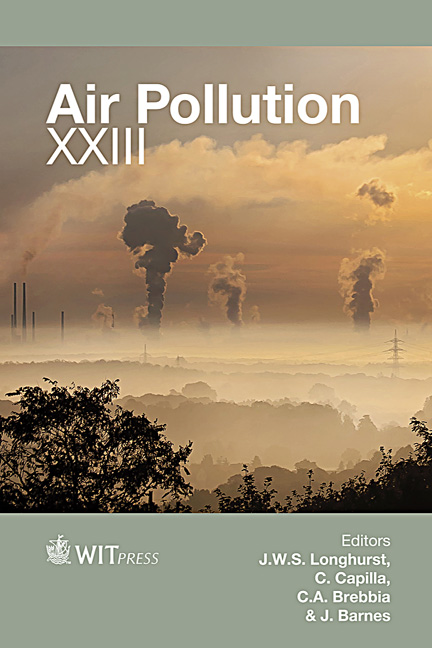Impact Of Atmospheric Species Reactivity On Radioactive Gaseous Iodine Transport In Severe Accident Conditions
Price
Free (open access)
Transaction
Volume
198
Pages
10
Page Range
77 - 86
Published
2015
Size
410 kb
Paper DOI
10.2495/AIR150071
Copyright
WIT Press
Author(s)
J. Trincal, L. Cantrel, F. Cousin, V. Fevre-Nollet, P. Lebegue
Abstract
Significant differences between measurements and modeling of iodine radiation levels resulting from the Fukushima nuclear accident could be at least partially explained by the fact that the IRSN dispersion tool does not consider chemical transformation during transport in the atmosphere.
To improve this, in a first time, a chemical mechanism of 246 gas phase reactions, including 13 photolysis reactions, coming from a detailed literature review, has been implemented in 0D simulation software. Results analysis revealed that several parameters are able to influence the iodine speciation, such as the pollutant levels (O3, NOx, VOC), the photolysis (location, season, day/night cycle) and the iodine release rate from the accident. Generally, the iodocarbon forms are predominant, obtained by reactions of iodine with atmospheric volatile organic compounds (VOC).Without organic compounds, the iodine oxides IxOy and INOx become the main species.
Secondly, the mechanism has been implemented in a 3D chemistry-transport code, and simulations were performed in atmospheric conditions. Initial results confirm trends observed in 0D calculations, i.e. the predominance of iodocarbons production.
Keywords





